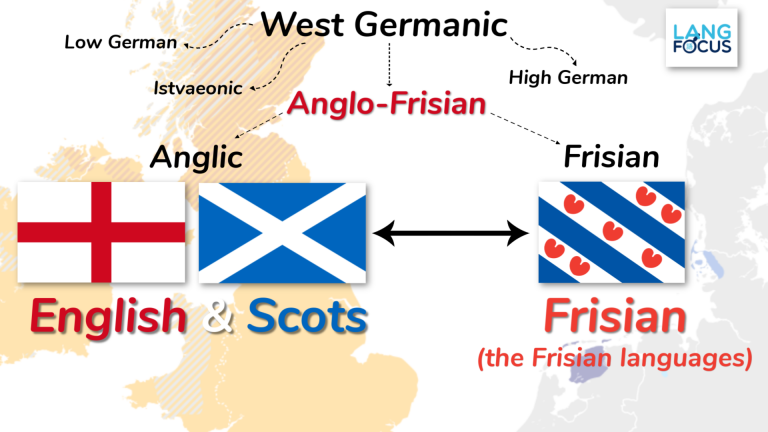

The majority of German Americans-like most other non–English-speaking immigrants to this country, contrary to stereotypes-assimilated to their new linguistic environment and became English monolinguals within one or two generations after immigration. The many German dialects and forms of regional High German spoken by eighteenth- and nineteenth-century immigrants to the United States resulted in a diversity of heritage varieties of German spoken by their descendants in some cases well into the twentieth century and even later. Note also the German presence in Central Texas, where Texas German developed. This region became known as America’s German Belt. The map below shows concentrations of residents born in German-speaking Europe based on census data from 1890. Most arrivals settled in a group of states extending from the northeastern seaboard (New Jersey, New York, Connecticut, Rhode Island, and Massachusetts) westward, across the states of Ohio, Indiana, Michigan, Illinois, Wisconsin, Minnesota, Iowa, Missouri, and parts of Nebraska and Kansas. The high point of German immigration to the US was reached in the 1880s, when nearly one and a half million German speakers came to this country. The so-called regiolects ( Regiolekte) spoken in Germany today, which are regionally colored forms of spoken standard German, trace their origins in large measure to the regional High German varieties of the nineteenth century. These were oral varieties of the written standard that were strongly influenced by regional dialects, especially on the level of pronunciation. As the nineteenth century progressed, increasing numbers of German immigrants also spoke forms of standard German known collectively as regional High German ( landschaftliches Hochdeutsch). The “High” in High German referred originally not to its prestige but to its origins in the High German dialect area.

At that time, the vast majority of people living in German-speaking Central Europe spoke regional dialects, though many were literate in the emerging standard language known as High German ( Hochdeutsch). The nineteenth century saw much larger numbers of German speakers immigrate to the United States.

The Pennsylvania Dutch language, which is most similar to Palatine German dialects ( Pfälzisch), developed during that time and is still actively spoken some two and a half centuries later. From the 1680s until the American Revolution, some 100,000 German-speaking immigrants came to America, with most settling in rural southeastern Pennsylvania in what is known as the Pennsylvania Dutch country. The German presence in America goes back at least as far as 1683, when a small group of German-speaking Mennonites and Quakers founded the settlement of Germantown, which is today part of the city of Philadelphia.


 0 kommentar(er)
0 kommentar(er)
